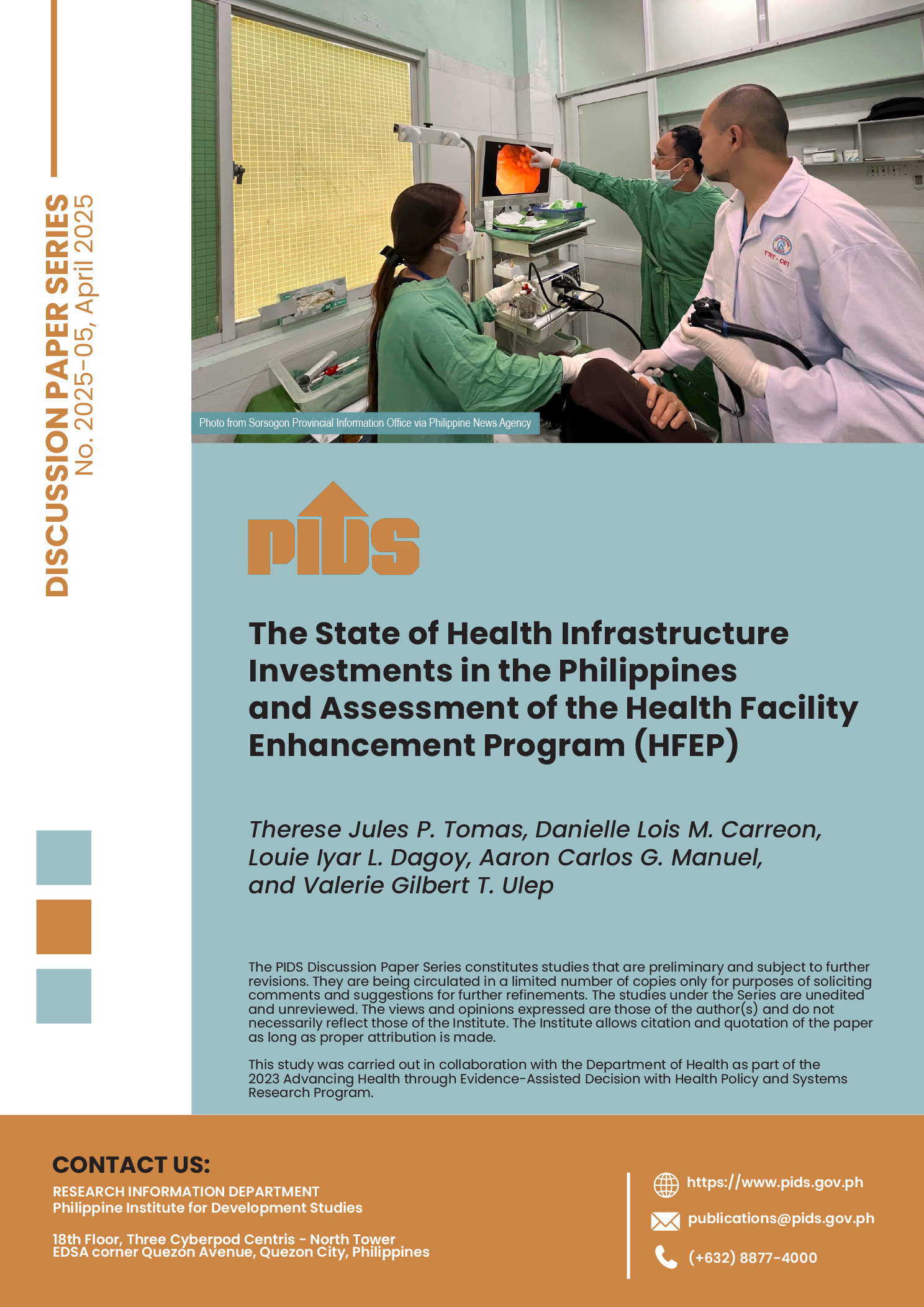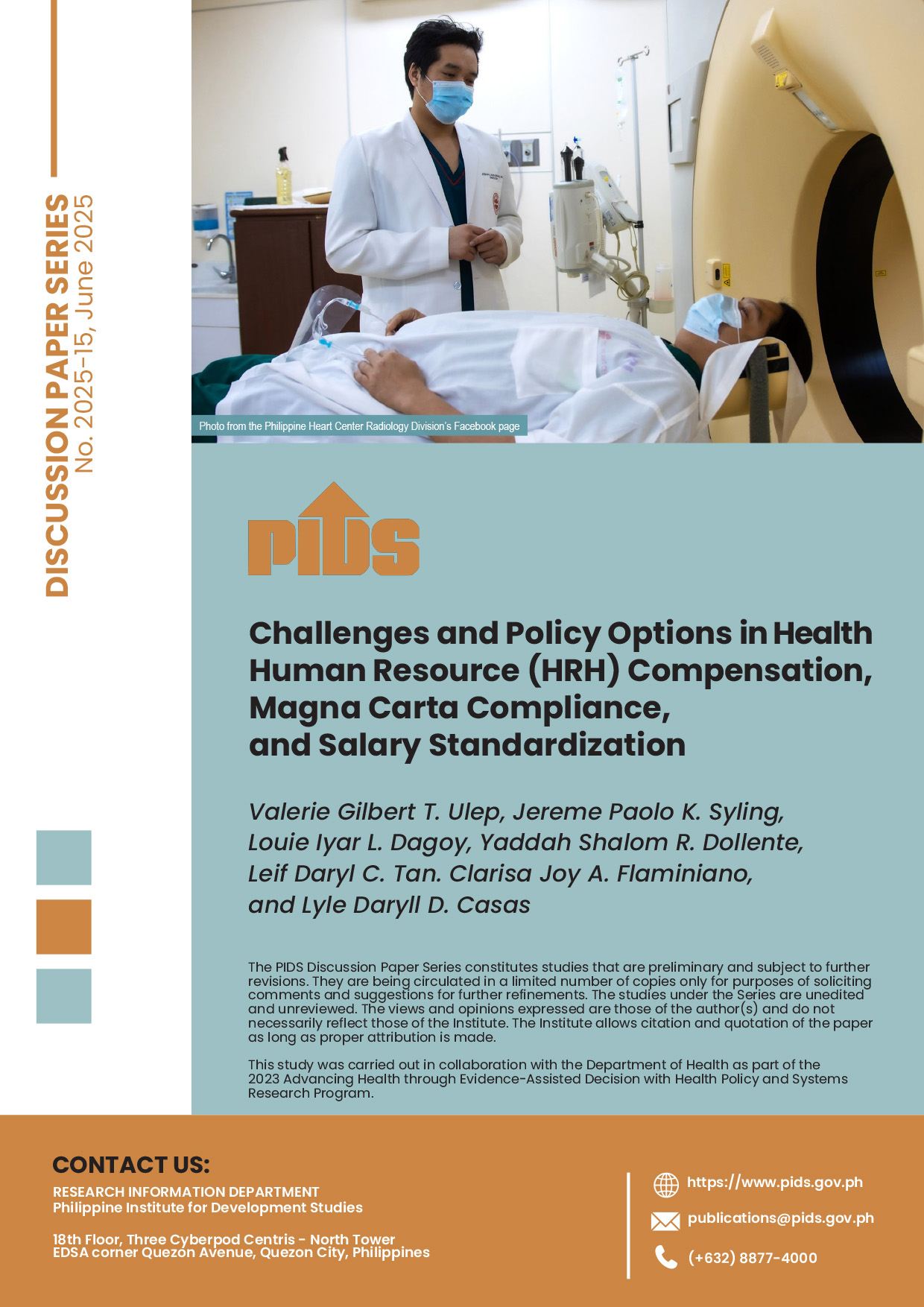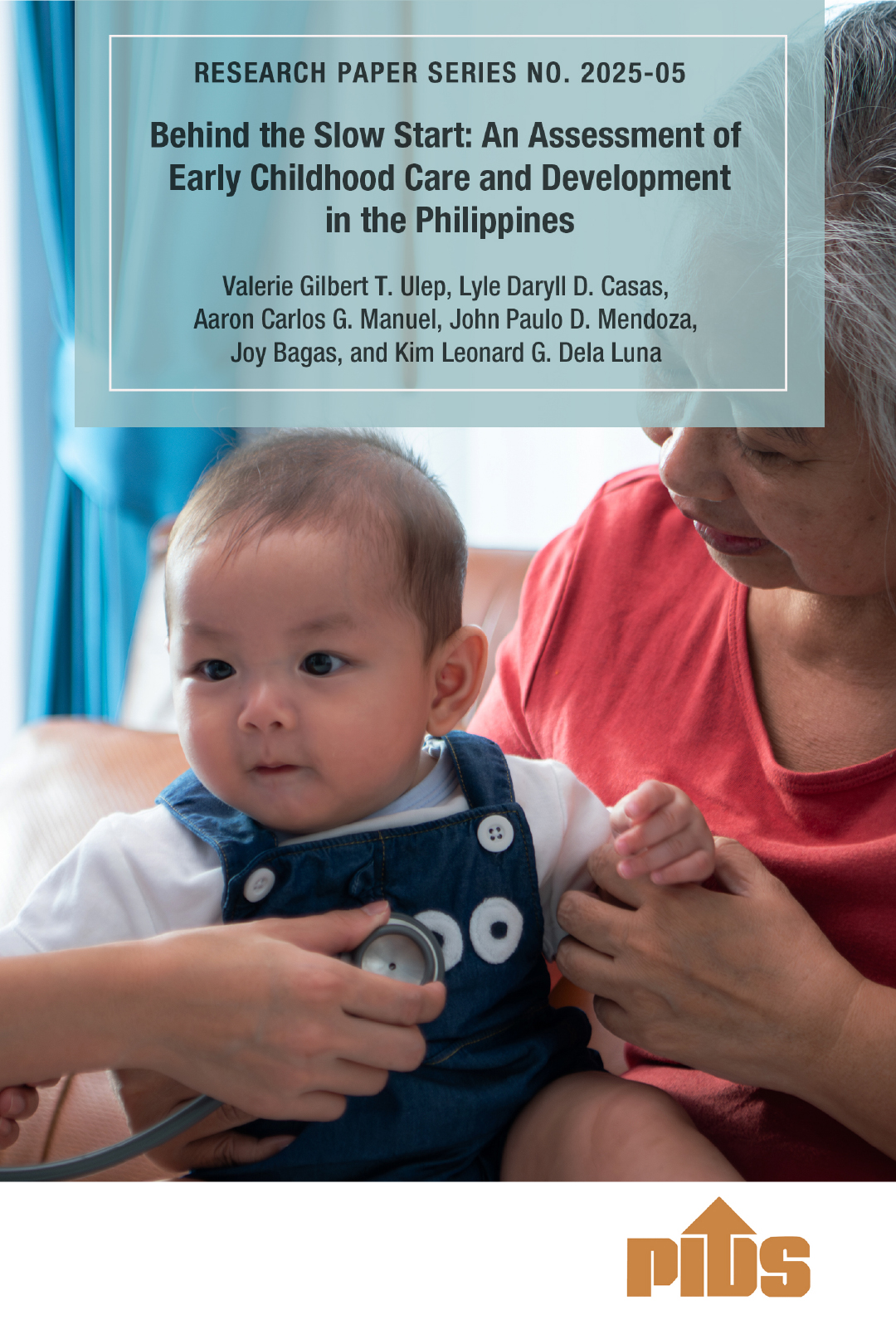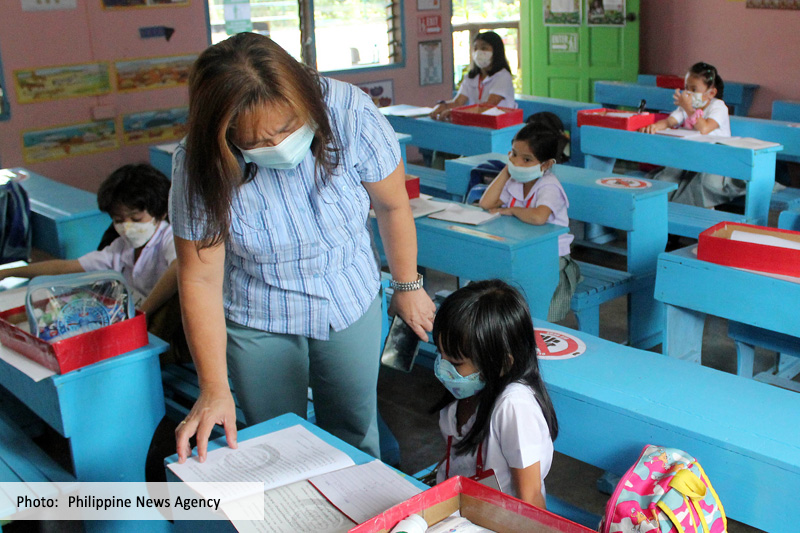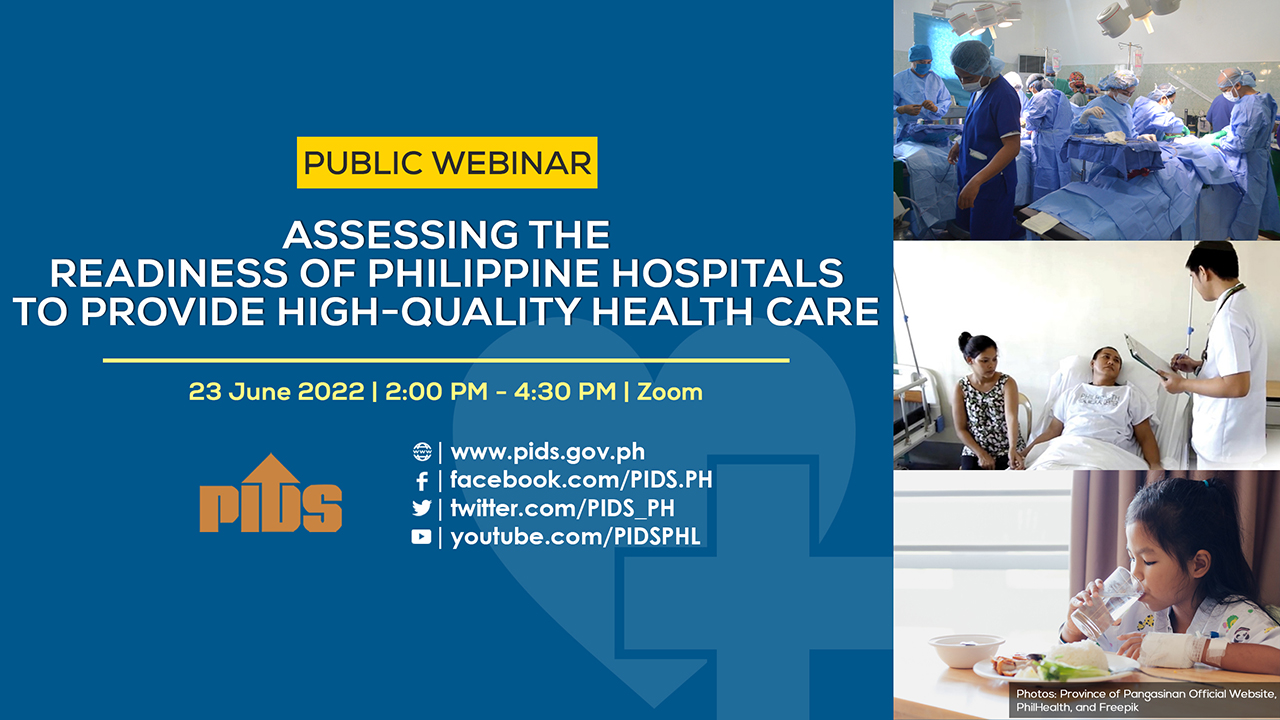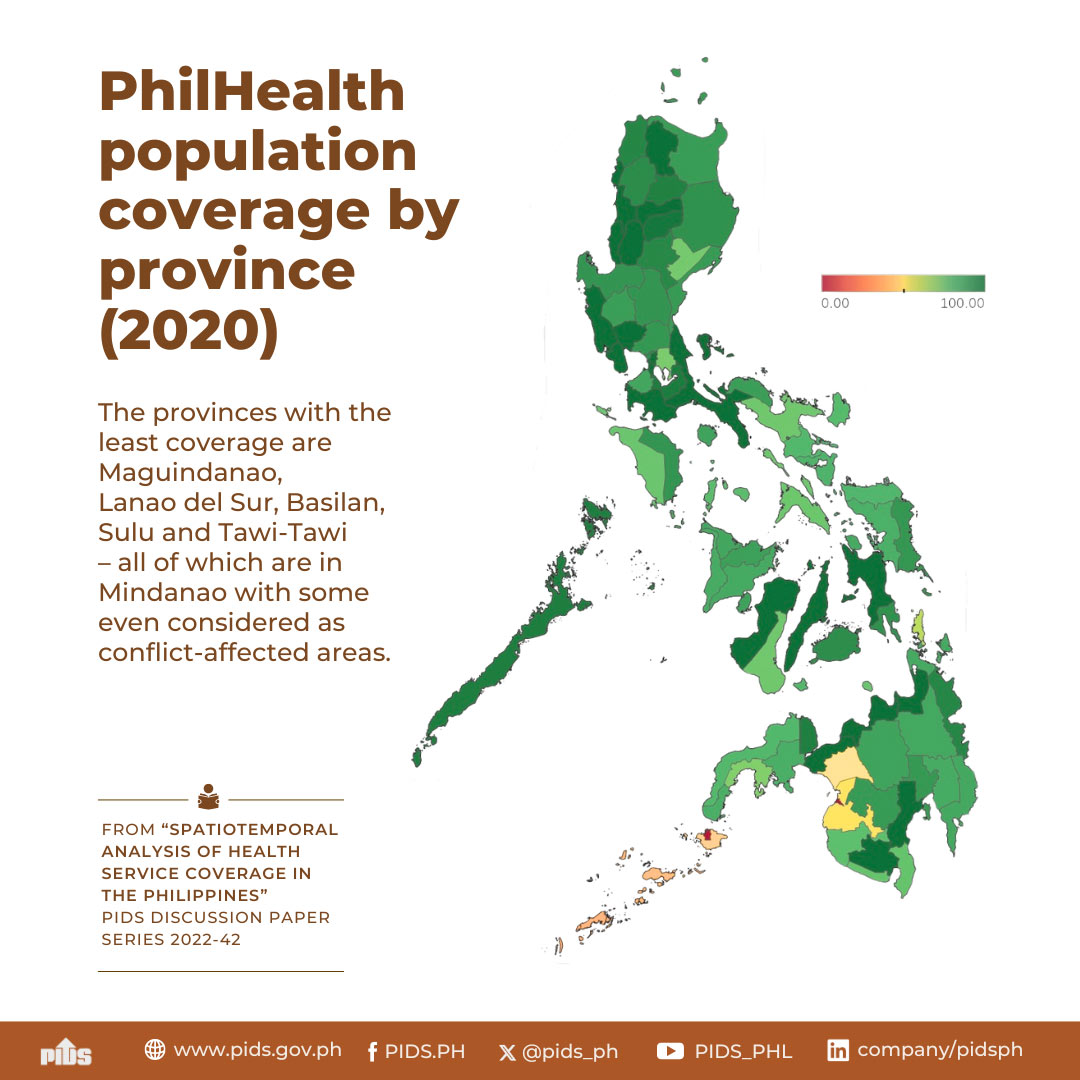Filipino households saw their out-of-pocket expenditures for health increase by 54.2 percent in 2016, according to the Philippine Statistics Authority (PSA).
PSA data showed households spent P342 billion for their various health needs, such as medicines, food supplements, other medical products and diagnostic needs, including medical and dental care, among others, in 2016.
This contributed to the 10.5-percent increase in total health expenses P655 billion in 2016, from P593 billion in 2015. The contribution to GDP was at 4.5 percent.
Per-capita health spending of Filipinos in 2016 grew by 8.7 percent to P6,345. In real terms, per-capita health expenditure of Filipinos amounted to P4,406,” the PSA said.
PSA data showed the bulk of these out-of-pocket expenses were allocated for hospitals at P259 billion, or 41.1 percent of the total.
Pharmacies came in second with P173 billion, or 27.5 percent of the total, followed by providers of preventive care at P53.3 billion, or 8.5 percent of the total.
In the Family Income and Expenditures Survey, these [out-of-pocket expenditures] include medicines, food supplements, other medical products, therapeutic appliances, outpatient medical care, dental care, diagnostic services and private and public hospital care,” the PSA said.
The PSA said government schemes and compulsory contributory health-care financing schemes reached P216 billion, or 34.2 percent of health expenditures. Voluntary health-care payment schemes contributed P73 billion, or 11.6 percent of the total.
In July 2017 Philippine Institute for Development Studies senior research specialist Danica Aisa P. Ortiz and research fellow Michael R.M. Abrigo said Filipinos carried the triple burden of disease that has caused the loss of centuries worth of life and billions in public, as well as out-of-pocket expenditures.
Ortiz and Abrigo said the affliction of household members communicable diseases (CDs), non-communicable diseases (NCDs) and other health conditions can put a toll on families through the loss of life and/or skyrocketing out-of-pocket expenditures.
The authors said that data in 2015 showed that for every million Filipinos around 580 years of life have been lost due to heart disease and stroke.
Further, for every million Filipinos, nearly a century or 95 and 75 years of life were lost due to Tuberculosis and interpersonal violence, respectively.
Apart from the loss of life, households and the national government spent around P465 billion to finance current health expenditures (CHE).
By classification of diseases/conditions, NCDs account for more than half of the 2012 CHE, followed by CDs at more than a quarter. Injuries, meanwhile, constitute about 6 percent, or P30 billion.
Ortiz and Abrigo said there is a need to improve the health system, particularly effective service delivery, as well as functional and strategically located health facilities.
Also crucial, the authors said, is the adequate human resource that will deliver the necessary services to the afflicted.
The authors said the government should implement an effective health-insurance program to ensure that Filipinos will be able to get the healthcare they need.
PSA data showed households spent P342 billion for their various health needs, such as medicines, food supplements, other medical products and diagnostic needs, including medical and dental care, among others, in 2016.
This contributed to the 10.5-percent increase in total health expenses P655 billion in 2016, from P593 billion in 2015. The contribution to GDP was at 4.5 percent.
Per-capita health spending of Filipinos in 2016 grew by 8.7 percent to P6,345. In real terms, per-capita health expenditure of Filipinos amounted to P4,406,” the PSA said.
PSA data showed the bulk of these out-of-pocket expenses were allocated for hospitals at P259 billion, or 41.1 percent of the total.
Pharmacies came in second with P173 billion, or 27.5 percent of the total, followed by providers of preventive care at P53.3 billion, or 8.5 percent of the total.
In the Family Income and Expenditures Survey, these [out-of-pocket expenditures] include medicines, food supplements, other medical products, therapeutic appliances, outpatient medical care, dental care, diagnostic services and private and public hospital care,” the PSA said.
The PSA said government schemes and compulsory contributory health-care financing schemes reached P216 billion, or 34.2 percent of health expenditures. Voluntary health-care payment schemes contributed P73 billion, or 11.6 percent of the total.
In July 2017 Philippine Institute for Development Studies senior research specialist Danica Aisa P. Ortiz and research fellow Michael R.M. Abrigo said Filipinos carried the triple burden of disease that has caused the loss of centuries worth of life and billions in public, as well as out-of-pocket expenditures.
Ortiz and Abrigo said the affliction of household members communicable diseases (CDs), non-communicable diseases (NCDs) and other health conditions can put a toll on families through the loss of life and/or skyrocketing out-of-pocket expenditures.
The authors said that data in 2015 showed that for every million Filipinos around 580 years of life have been lost due to heart disease and stroke.
Further, for every million Filipinos, nearly a century or 95 and 75 years of life were lost due to Tuberculosis and interpersonal violence, respectively.
Apart from the loss of life, households and the national government spent around P465 billion to finance current health expenditures (CHE).
By classification of diseases/conditions, NCDs account for more than half of the 2012 CHE, followed by CDs at more than a quarter. Injuries, meanwhile, constitute about 6 percent, or P30 billion.
Ortiz and Abrigo said there is a need to improve the health system, particularly effective service delivery, as well as functional and strategically located health facilities.
Also crucial, the authors said, is the adequate human resource that will deliver the necessary services to the afflicted.
The authors said the government should implement an effective health-insurance program to ensure that Filipinos will be able to get the healthcare they need.

